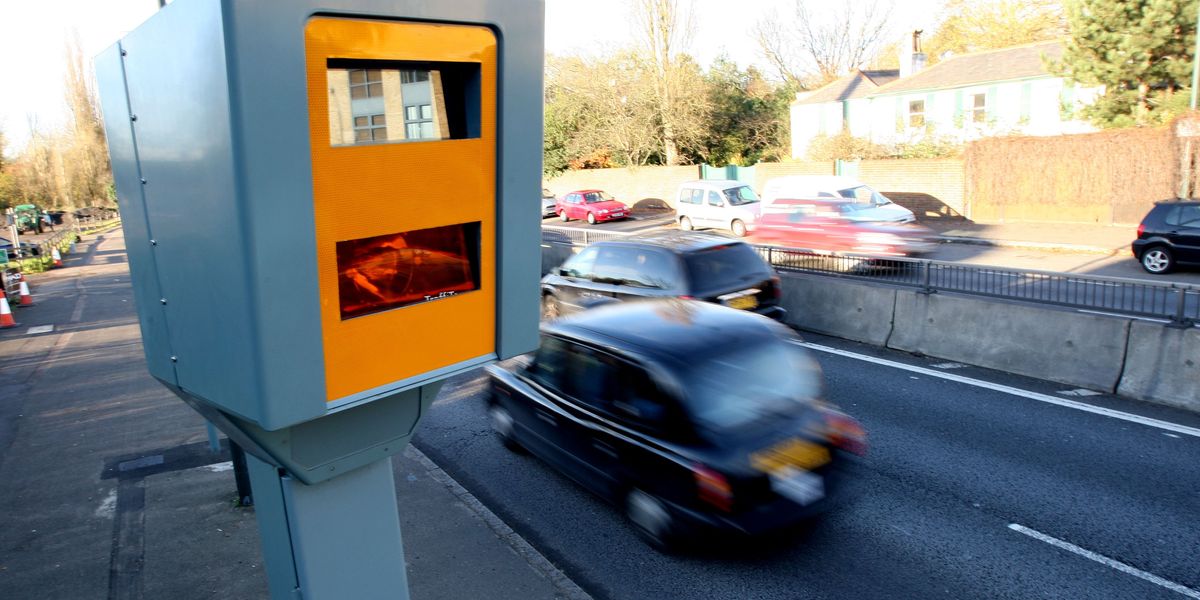She has already bagged seven Grammys, six Teen Choice Awards, and 15 MTV Video Music Awards.
But Missy Elliott has a new award to her name, after becoming the first hip-hop artist to have a song beamed to Venus.
The lyrics from her hit, The Rain (Supa Dupa Fly), were beamed 158 million miles through space to Earth’s evil twin by NASA’s Jet Propulsion Laboratory.
‘My song “The Rain” has officially been transmitted all the way to Venus, the planet that symbolizes strength, beauty and empowerment,’ she tweeted.
‘The sky is not the limit, it’s just the beginning.’

She has already bagged seven Grammys, six Teen Choice Awards, and 15 MTV Video Music Awards. But Missy Elliott has a new award to her name, after becoming the first hip-hop artist to have a song beamed to Venus

The lyrics from Missy Elliott’s hit, The Rain (Supa Dupa Fly), were beamed 158 million miles through space to Earth’s evil twin by NASA’s Jet Propulsion Laboratory
To beam the song into space, NASA’s turned to its largest and most sensitive telecommunication service – the Deep Space Network (DSN).
The DSN features an array of giant radio antennas that allow missions to track, send commands, and receive data from spacecraft.
Until now, the system had only transmitted one other song into space, making this transmission a first for hip-hop.
‘Both space exploration and Missy Elliott’s art have been about pushing boundaries,’ said Brittany Brown, director of the Digital and Technology Division at the Office of Communications at NASA Headquarters in Washington.
‘Missy has a track record of infusing space-centric storytelling and futuristic visuals in her music videos so the opportunity to collaborate on something out of this world is truly fitting.’
‘My song “The Rain” has officially been transmitted all the way to Venus, the planet that symbolizes strength, beauty and empowerment,’ she tweeted. ‘The sky is not the limit, it’s just the beginning’
Replying to the singer on X (formerly Twitter), one user wrote: ‘This is sooo dope Miss. We gotta get the aliens some trash bags so they can have the full effect. Keep pushing the needle forward! This is Hip Hop history!’
The song was beamed from a 112ft-wide radio dish antenna in California to Venus at the speed of sound, taking just 14 minutes to reach the planet, which is 158 million miles away.
The news has delighted fans of both NASA and Missy Elliott, with one calling it ‘hip hop history.’
Replying to the singer on X (formerly Twitter), one user wrote: ‘This is sooo dope Miss.
‘We gotta get the aliens some trash bags so they can have the full effect. Keep pushing the needle forward! This is Hip Hop history!’
Another added: ‘Congrats again Queen uh astronaut @MissyElliott now the aliens can enjoy your music too’
Another added: ‘Congrats again Queen uh astronaut @MissyElliott now the aliens can enjoy your music too.’
And one joked: ‘Just waiting for the aliens to reply, QUIEEEET!’, in reference to Missy Elliott’s song, Get Ur Freak On.
Beyond providing some entertainment to any aliens lurking around Venus, the transmission provided an important test for the DSN, which will be put to work over the next few years.
Two NASA missions are set to explore Venus and send data back to Earth using the DSN – DAVINCI, and VERITAS.
DAVINCI (Deep Atmosphere Venus Investigation of Noble gases, Chemistry, and Imaging) is set to launch in 2029, while VERITAS (Venus Emissivity, Radio Science, InSAR, Topography, and Spectroscopy) will launch in 2031.



